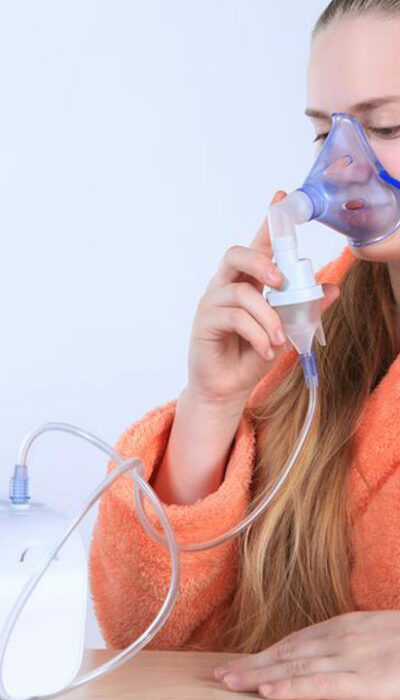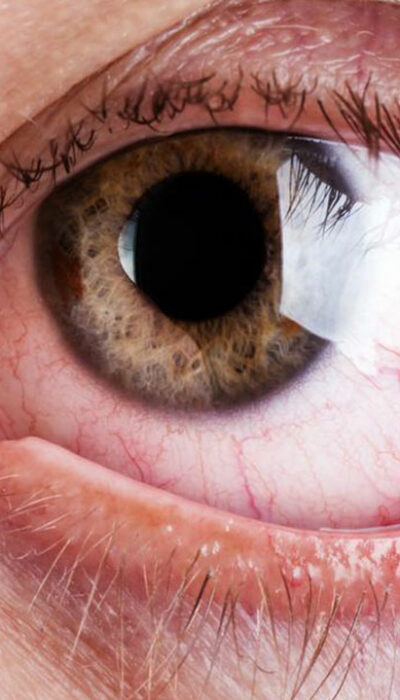
Popular and Effective Treatments for Fibromyalgia
Fibromyalgia is a chronic disease. It makes the patient suffer from extreme pain throughout the body. Individuals suffering from fibromyalgia suffer from different symptoms such as difficulty in sleeping, exhaustion, high sensitivity to pain, and headache. Fibromyalgia causes deep muscle pain and hurting tender points causing difficult breathing and inactiveness. Fatigue, stiffness in muscles, mental problems (such as low concentration and memory), and irritable bowel syndrome (IBS) which brings stomach ache and irregular bowel movements are some other symptoms that probably indicate fibromyalgia. People with fibromyalgia sleep about 8–10 hours during the night with the need to sleep more. Adequate bed rest doesn’t prove helpful to them. If you experience symptoms of fibromyalgia, you should ensure to consult a doctor. There are several fibromyalgia treatments available. The common fibromyalgia treatments include medications, change in lifestyle habits, and natural remedies. Specialists may recommend anti-depressants to treat depression and anxiety related to fibromyalgia. Physical therapies, stress reduction, and relaxation exercises also work well to cure fibromyalgia. A single approach doesn’t fit for treatment for fibromyalgia. Medications along with alternatives give wonderful results. Popular fibromyalgia treatments available: Fibromyalgia treatments aim to reduce pain, fatigue, and ensure quality sleep. Exercises: Fibromyalgia indicates poor fitness. People with fibromyalgia are reluctant to do exercises. Practicing aerobic and conditioning exercises to get rid of pain, stress, and anxiety are effective fibromyalgia treatments. Physical therapy: Physical therapies relax the muscle tension and smoothen the body movements. Stiffness and pain due to fibromyalgia lessen with regular physical therapy sessions. Therapies result in neuroendocrine changes which allow the quick recovery of muscles. On visiting the physical therapist, they will administer the right exercises for muscle stretching as part of fibromyalgia treatments for the patient. Hydrotherapy, which includes ice or heat packs, relieves pain quickly and more effectively. Follow proper posture and sitting styles.










